Researchers have developed a groundbreaking method for tracking space debris with centimeter-level accuracy, improving space safety.
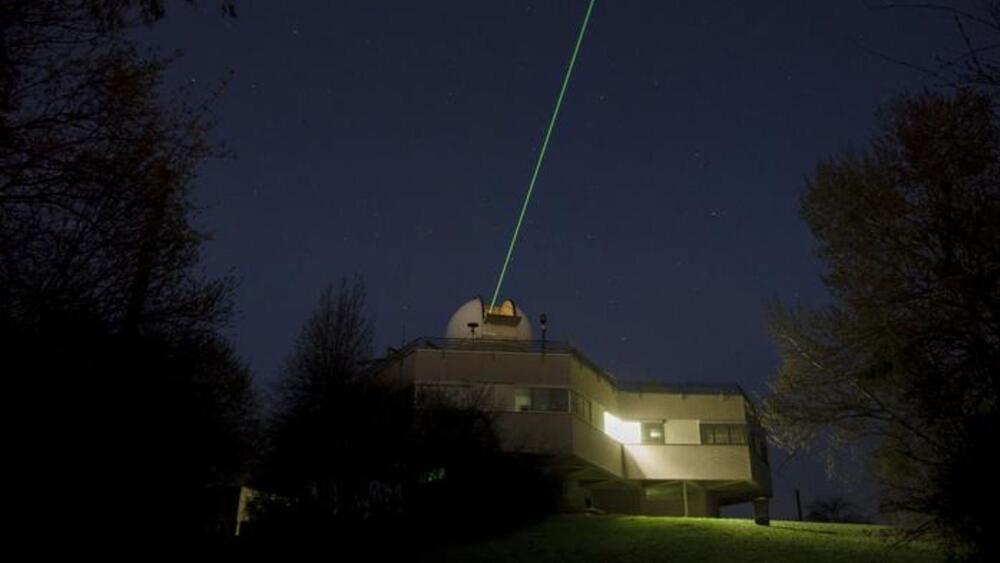


Dimon was speaking at the Georgetown Psaros Center for Financial Markets and Policy’s annual Financial Markets Quality Conference when he was asked whether he had any advice for the students there.
“For most of you guys, turn off TikTok, Facebook. A total stupid waste of time,” Dimon said.
Reading widely and consuming history books, Dimon said, would be a far better use of their time.

Astronomers found the exhaust vent of a chimney at our galaxy’s center for the first time.
There is a supermassive black hole at the center of our galaxy that is nearly 17 times bigger than the Sun and can suck in over 1,800 Earths at once. This gigantic black hole goes by the name Sagittarius A* (Sgr A•.
In a new study, a team of researchers claims that Sgr A* has caused the formation of a chimney and an exhaust vent at the center of the Milky Way.
The study takes into account images from NASA’s Chandra X-Ray Observatory and radio emission data from the MeerKAT telescope, revealing that the vent attached to the chimney is expelling hot gases from our galaxy’s center.
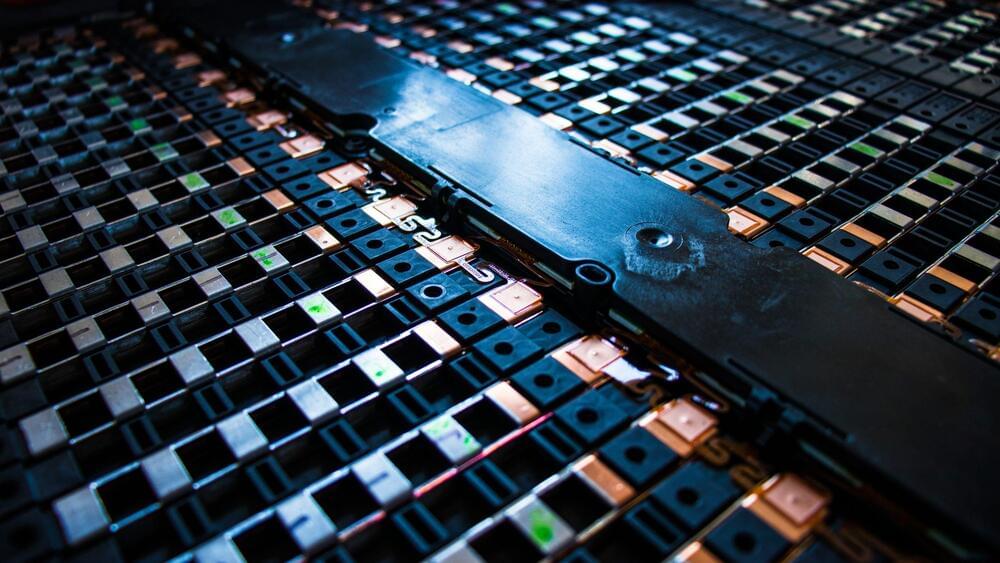
Chinese scientists have developed a water-based battery with nearly double the energy density compared to traditional lithium batteries, according to new research published in a paper in Nature Energy.
According to researchers from the Chinese Academy of Sciences, tests revealed an impressive…
The iodine and bromine-based aqueous battery showed an energy density of 1,200 watt-hours per liter, surpassing the 700Wh/L of non-aqueous lithium batteries.
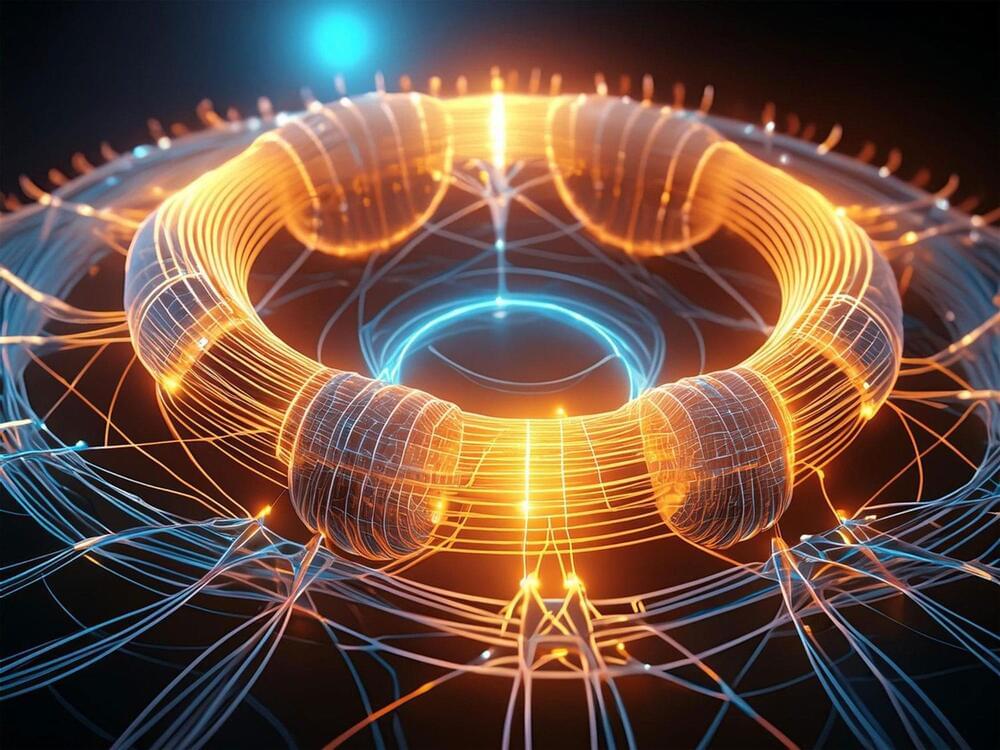

A recent article in PNAS unveils a remarkable discovery: the ability for reverse development in a ctenophore, commonly known as a comb jelly. These findings indicate that life cycle flexibility in animals may be more widespread than previously believed.
Animal life cycles typically follow a familiar pattern, declined in countless variations: they are born, grow, reproduce, and die, giving way to the next generation. Only a few species are able to deviate from this general principle, the best-known example being the ‘immortal jellyfish’ Turritopsis dohrnii, which can revert from an adult medusa back to a polyp. This elusive group of animals with flexible life cycles now includes the ctenophore Mnemiopsis leidyi.
“The work challenges our understanding of early animal development and body plans, opening new avenues for the study of life cycle plasticity and rejuvenation. The fact that we have found a new species that uses this peculiar “time-travel machine” raises fascinating questions about how spread this capacity is across the animal tree of life,” said Joan J. Soto-Angel, a postdoctoral fellow in the Manet Team at the Department of Natural History at the University of Bergen.
SpaceX’s initial design for its $2.9 billion NASA Human Landing System (HLS) ship to land astronauts on the Moon is revealed.
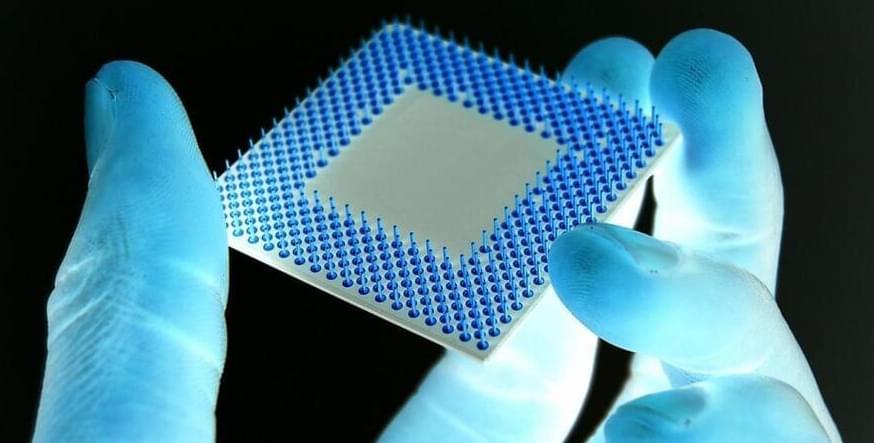
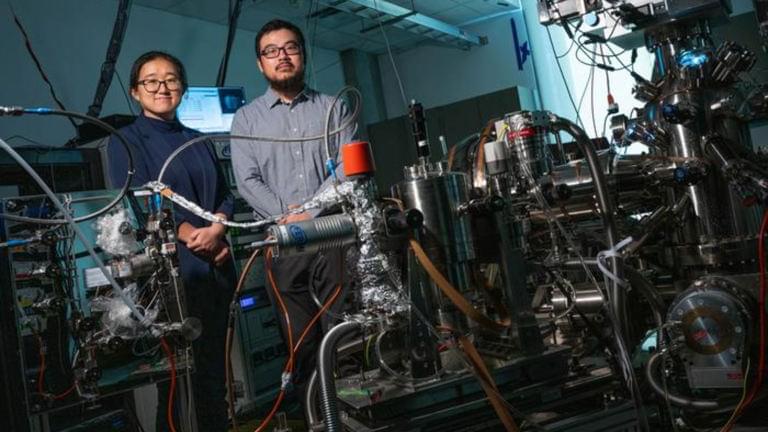
This complete shell structure results in enhanced stability compared to isotopes with different configurations.
“100 Sn is also the heaviest nucleus comprising protons and neutrons in equal numbers — a feature that enhances the contribution of the short-range proton–neutron pairing interaction and strongly influences its decay via the weak interaction,” CERN researchers remarked in a previous study.
“Understanding the nuclear properties in the vicinity of 100 Sn, which has been suggested to be the heaviest doubly magic nucleus with proton number Z (50) equal to neutron number N (50), has been a long-standing challenge for experimental and theoretical nuclear physics,” said the research team in the study.